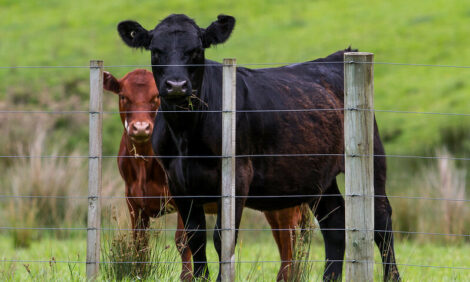



Tips to Healthy Hooves
UK - Good cow flow improves efficiency of operations around the dairy farm, but it also cuts stress in cows and reduces lameness by lowering wear and damage to feet.This is the message from renowned New Zealand vet Neil Chesterton, who is speaking at a series of DairyCo open meetings across the country this August.
DairyCo extension officer Jo Speed, who invited Neil to speak at the meetings after realising how much insight he had to offer British dairy farmers, says our first mistake is to think cow flow only concerns the efficient movement of cows to and from the parlour.
“Neil believes that one of the key factors in the fight against lameness is reducing forces on the feet, and this includes aspects such as cow comfort and cow flow,” she explains. “The way we move and handle cows and the surfaces they walk on affects their feet and therefore impacts lameness levels.
“So we need to consider how walking on cow tracks, and handling in and around the milking parlour and around buildings in general all contribute. The good news is there are practical ways to minimise foot damage in existing systems, and also when carrying out alterations or building new facilities.”
As part of DairyCo’s Healthy Feet programme, Neil will guide farmers around the facilities on GB dairy units in a series of open meetings across the country. He will show visitors where the main risks to cows’ feet are and offer practical ways and innovative suggestions to minimise damage, including thinking about the way we handle cows when moving them.
“Even changing the way backing gates are used can make a difference to cow stress and help prevent lameness,” adds Jo.
The meetings will also cover preventing lameness by focusing on the four Healthy Feet programme success factors of:
- Low infection pressure
- Good horn quality and hoof shape
- Low forces on the feet – good cow comfort and cow flow
- Early detection and prompt, effective treatment of lame cows


